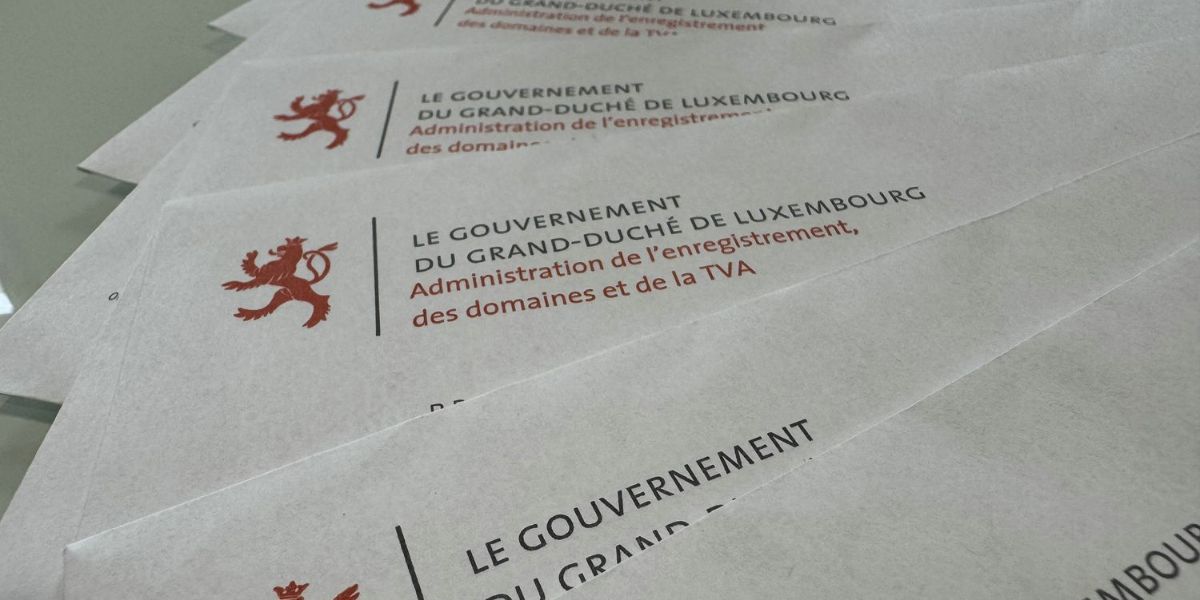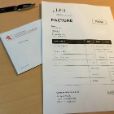VAT IN LUXEMBOURG
Value added tax (commonly known as VAT) in Luxembourg is an indirect tax since it is paid by the final consumer (taxpayer) but is not paid directly by them to the registration administration.
The person liable for this VAT in Luxembourg is the natural person (self-employed) or legal entity (company) which carries out an activity subject to VAT. However, certain activities are exempt from VAT. These are mainly the liberal professions associated with medicine, education, those benefiting from a flat-rate scheme or those benefiting from a VAT exemption, such as small businesses.
Who must register for VAT?
The following are obliged to register for Luxembourg VAT:
- Luxembourg companies or self-employed persons established in Luxembourg who have an activity subject to VAT and whose turnover exceeds the threshold of EUR 50,000 (as of 1 January 2025);
- Foreign companies with an e-commerce activity in Luxembourg and which exceeds the annual threshold of EUR 10,000;
- Any company or self-employed person (whether subject to VAT or not), whose intra-Community acquisitions exceed EUR 10,000;
- Any company or freelance non-resident, when they long as they carry out operations subject to Luxembourg VAT and for which they are liable;
- Since 1 January 2025, directors operating independently in Luxembourg with an annual turnover in excess of EUR 50,000.
Who may register for VAT?
Any Luxembourg or foreign company and any self-employed person in Luxembourg who wishes to renounce an exemption regime and opt for the normal VAT regime.
What are the obligations of the taxable person?
In the first place, the taxable person is obliged to comply with the VAT Act with regard to compulsory information on its invoices.
The taxable person is also obliged to declare within the deadlines and to pay VAT within the same deadlines set according to thresholds reached either by their total turnover or by the sum of his intra-Community acquisitions and intra-Community services received. The reference year for VAT purposes is not the financial year but the calendar year.
1. VAT declaration
The VAT declaration is annual if the threshold (as specified above) of EUR 112,000 has not been exceeded. The declaration must be filed and, where applicable, VAT must be paid before 1 March of the following year.
The VAT declaration is quarterly if the threshold is between EUR 112,000 and EUR 620,000. The quarterly declaration must be filed and, where applicable, VAT must be paid before the 15th day of the following Quarter.
The VAT declaration is monthly if the threshold of EUR 620,000 is exceeded. The monthly declaration must be filed and, where applicable, VAT must be paid before the 15th day of the following month.
In the latter two cases, an annual summary declaration must be submitted and, where applicable, VAT must be paid before 1 May of year N+1.
2. Recapitulative statement
The recapitulative statement can be divided into two categories: the first concerns intra-Community supplies of goods while the second concerns intra-Community supplies of services.
The recapitulative statement concerning intra-Community supplies of goods must be filed quarterly and no later than the 25th day of the month following the Quarter of delivery. If the amount of intra-Community deliveries of goods exceeds EUR 50,000 during the Quarter, the frequency becomes monthly and the recapitulative statement must be submitted no later than the 25th day following the month of delivery.
As regards the recapitulative statements concerning the intra-Community services provided, the choice of monthly or quarterly frequency is left to the declarant. In practice, the frequency is based on the frequency of the VAT declaration.
The applicable rates of VAT in Luxembourg
Four rates apply in Luxembourg:
- The standard rate: 17%;
- The intermediate rate: 14% (Annex C);
- The reduced rate: 8% (Appendix A);
- The super-reduced rate: 3% (Annex B).
How long does it take to get reimbursed of your VAT credit?
In order to claim a refund of excess VAT before a bulletin is issued by the registration administration, an application for a refund must be submitted by registered letter to the central VAT revenue office of the administration.
The administration may have a period of four months to request additional information by registered letter.
Upon receipt of this request, the taxable person has a period of one month to reply to the administration.
On the date of receipt of the information by the administration, the administration has a period of two months to notify the taxable person of its decision.
If the application is accepted by the administration, the amount is returned within a maximum of ten working days.
In the absence of a decision by the registration administration within the time limits indicated above, either after the initial request for a refund or after receipt of the information provided by the taxable person, the request for a refund should be regarded as rejected. Like the decision of the administration to reject the application while providing reasons, the failure of the administration to take a decision is subject to appeal.
In principle, a minimum period of at least six months is to be expected to claim a refund of excess VAT.
In order to limit these delays and above all to try to avoid a possible rejection by the registration administration, the preparation and submission of VAT returns and the various recapitulative statements are generally entrusted by the business owner to a Fiduciary in Luxembourg who transmits them electronically and on time to the registration administration either via the eVAT system or the eCDF platform.







